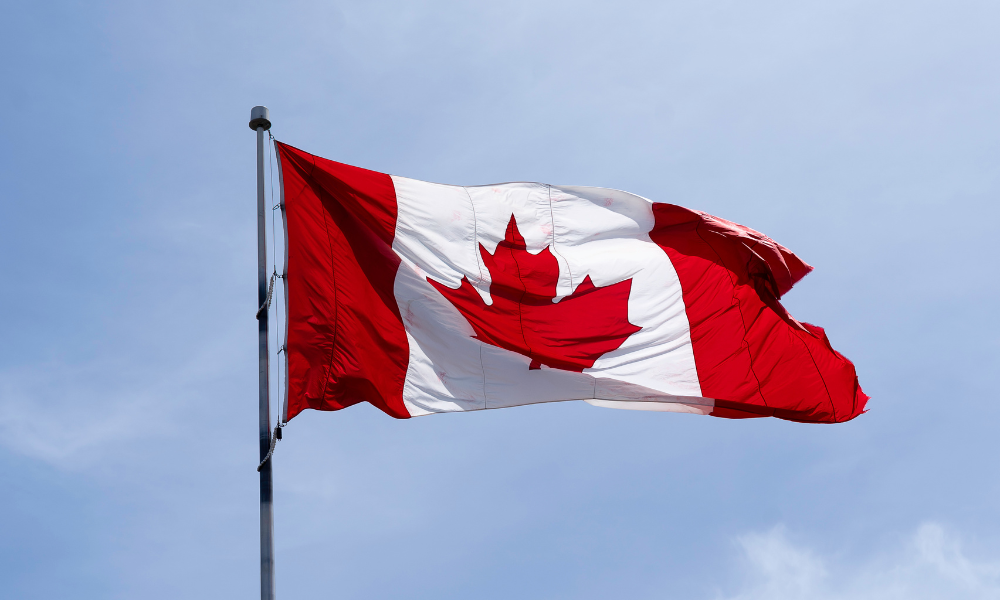'While it's clear our economy needs newcomers, we see the pressures facing our country, and we must adapt our policies accordingly'

The Canadian government has unveiled its new 2025-2027 Immigration Levels Plan, marking a significant shift in the country’s immigration policy.
Announced by Marc Miller, Minister of Immigration, Refugees and Citizenship, the plan seeks to balance the country’s economic needs with the pressure on housing, infrastructure, and social services.
The plan introduces reduced immigration targets and aims for more sustainable population growth, while placing new emphasis on managing temporary residents, particularly international students and foreign workers.
Miller explained that these reductions respond to concerns about the strain that rapid population growth has placed on housing and social infrastructure.
“While it’s clear our economy needs newcomers, we see the pressures facing our country, and we must adapt our policies accordingly,” he said.
Balancing growth and capacity with immigration levels
In a marked departure from previous years, Canada will reduce its immigration targets across multiple streams, with a focus on maintaining a manageable population growth rate.
With this year’s levels plan, Ottawa is reducing permanent resident targets. Compared to last year’s plan, it is:
- reducing from 500,000 permanent residents to 395,000 in 2025
- reducing from 500,000 permanent residents to 380,000 in 2026
- setting a target of 365,000 permanent residents in 2027
Additionally, there will be a deliberate effort to limit the temporary resident population to 5% of the total Canadian population by 2026, compared to recent surges driven by post-pandemic demand.
The plan is expected to result in slight population declines in 2025 and 2026, before resuming growth at 0.8% in 2027.
The plan also strengthens efforts to boost Francophone immigration outside Quebec, with a target of 10% by 2027. This initiative is expected to benefit communities across Canada and contribute to regional economic prosperity, particularly in areas facing labour shortages and population decline.
Implications for employers and workforce planning
For HR professionals, particularly those in industries reliant on international talent, the new strategy carries several implications. Notably, the government will focus on transitioning more temporary residents, such as students and foreign workers already established in Canada, into permanent residents.
In 2025 alone, 40% of permanent resident admissions will come from this pool, a move intended to mitigate demand on social services while keeping skilled workers integrated into the economy.
By 2027, 61.7% of permanent resident admissions will be in the economic class, targeting sectors experiencing critical labour shortages such as healthcare and trades. This aligns with Statistics Canada data showing that immigrants are making substantial contributions in key areas like residential construction, where they make up 23% of general contractors and builders.
With legislation around hiring foreign temporary workers and international students constantly in flux, employers should prepare to rely less on foreign labour to fill their job vacancies, say experts speaking to Canadian HR Reporter.
Changes to temporary programs
Given temporary resident reduction measures announced in September and this past year, Canada’s temporary population will decrease over the next few years as significantly more temporary residents will transition to being permanent residents or leave Canada compared to new ones arriving, says Ottawa.
Specifically, compared to each previous year, we will see Canada’s temporary population decline by:
- 445,901 in 2025
- 445,662 in 2026
- a modest increase of 17,439 in 2027.
Employer groups voice opposition to immigration plans
Over 100 civil society organizations across Canada, including Action Canada for Sexual Health and Rights, Unifor, Canadian Union of Public Employees, Oxfam, Canadian Health Coalition, Climate Action Network, Fédération des travailleurs et travailleuses du Québec, Greenpeace, and the Ontario Federation of Labour released an open letter today calling on the federal government to stop cuts to the immigration system, both temporary and permanent, and introduce measures to prevent exploitation and guarantee permanent resident status for all.
“Canada’s temporary immigration system fuels precariousness and vulnerability and perpetuates systemic discrimination. It needs a fundamental overhaul with a focus on expanding rights and ensuring permanent residency on landing and for all.
“This government was elected on pro-immigration platform and promised permanent resident status for migrant workers, students and undocumented people at the start of the current mandate. People across Canada are expecting these promises to be honoured. Not delivering on them will be remembered at the ballot box.”




